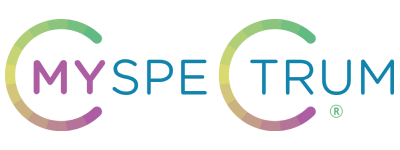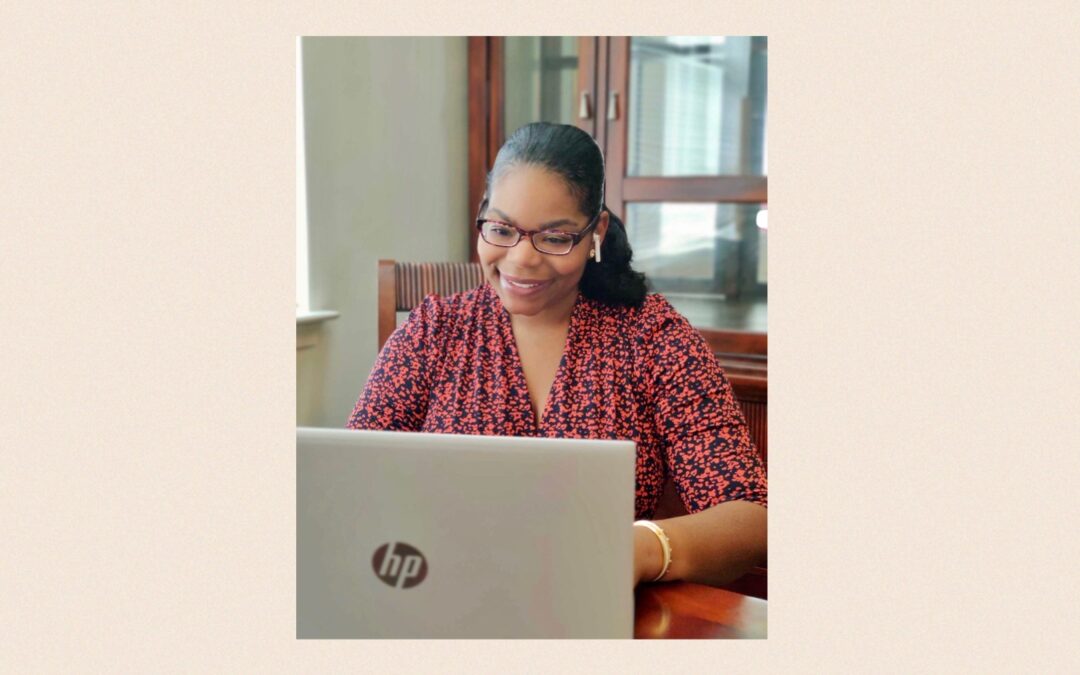Teletherapy existed before the COVID-19 pandemic “virtually” forced many practices into using it. MySpectrum Counseling & Coaching was already using our double-encrypted telehealth platform and had Teletherapists serving the state of Virginia. Now, we are growing and learning more about various perspectives about the use of telehealth. Here, Tiffany Clayton, LPC, a Teletherapist at MySpectrum shares her experiences within the telehealth arena.
“When people think of teletherapy they usually think of two big ideas. First, they think of how convenient it is that we can now access essential mental health care from anywhere that we have an internet-connected device with a camera. Then, they think of potential drawbacks to this type of service: threats to privacy, complicated information-technology problems, and what we might lose by not being present in the same room with our therapists. I think that these are both really good intuitions, but I learned about the reality of the situation in painstaking detail when I worked for the Substance Abuse and Mental Health Services Administration (SAMHSA) as a public health advisor. The data tells us that our intuitive misgivings about teletherapy don’t necessarily pan-out.
At the time I worked for SAMHSA, we were in the middle of the nation’s opioid epidemic. I worked on things like government funding for programs to fight the epidemic, compliance with the privacy law known as HIPAA, and electronic health records. I became a subject matter expert. What I learned was that telehealth changes the entire landscape of healthcare in general, and in specific, that we need to be leveraging telehealth interventions in mental health care and substance use treatment as much as possible. Why? Well, it’s one simple reason that relates back to the intuition that most people have about the benefit of teletherapy: access. The fact of the matter is that the opioid epidemic hit rural areas of the country extremely hard, and that the concentration of qualified and licensed providers in these areas was low. Once you introduce telehealth services, you’re vastly increasing access to care that is quite literally life-saving in many individuals’ circumstances. Of course, with the rise and sustained presence of the COVID-19 pandemic in this country and the resulting need to remain socially distant, even more people started to benefit from tele mental health and substance use services.
Now, with all of this benefit in the form of access to care being established by the data we were looking at over at SAMHSA, I can also say that some intuitions about drawbacks are on point, but with a catch. We looked at how people view teletherapy and telehealth services in terms of their willingness to use it, and there were two main barriers: fear of decreased privacy and challenges operating information technology successfully. The catch though, is that we have done the work to ensure the privacy of these virtual connections, as have most providers. At MySpectrum Counseling & Coaching for example, we double encrypt our connections for the highest level of quality. As for the barrier of difficulty with tech for some individuals, we are doing everything we can to make the experience as easy and intuitive as possible. After all, if the benefit of doing so is increasing overall access to care, then we have a very strong incentive to make this work for people.
Teletherapy and telehealth services in general are a net-good for society. Not only do benefits outweigh costs in this situation, but practices like MySpectrum are working to reduce these costs by making their teletherapy platform secure and easy for people to use. It’s one of the many reasons that I’m happy to be a Teletherapist here at MySpectrum.”
If you would like to schedule an appointment with a Teletherapist at MySpectrum, give us a call: 804-924-2236.

